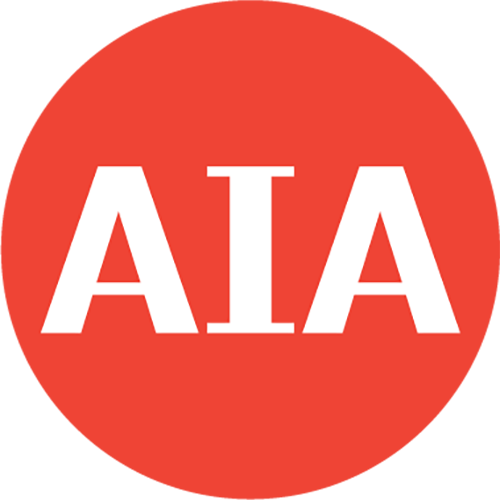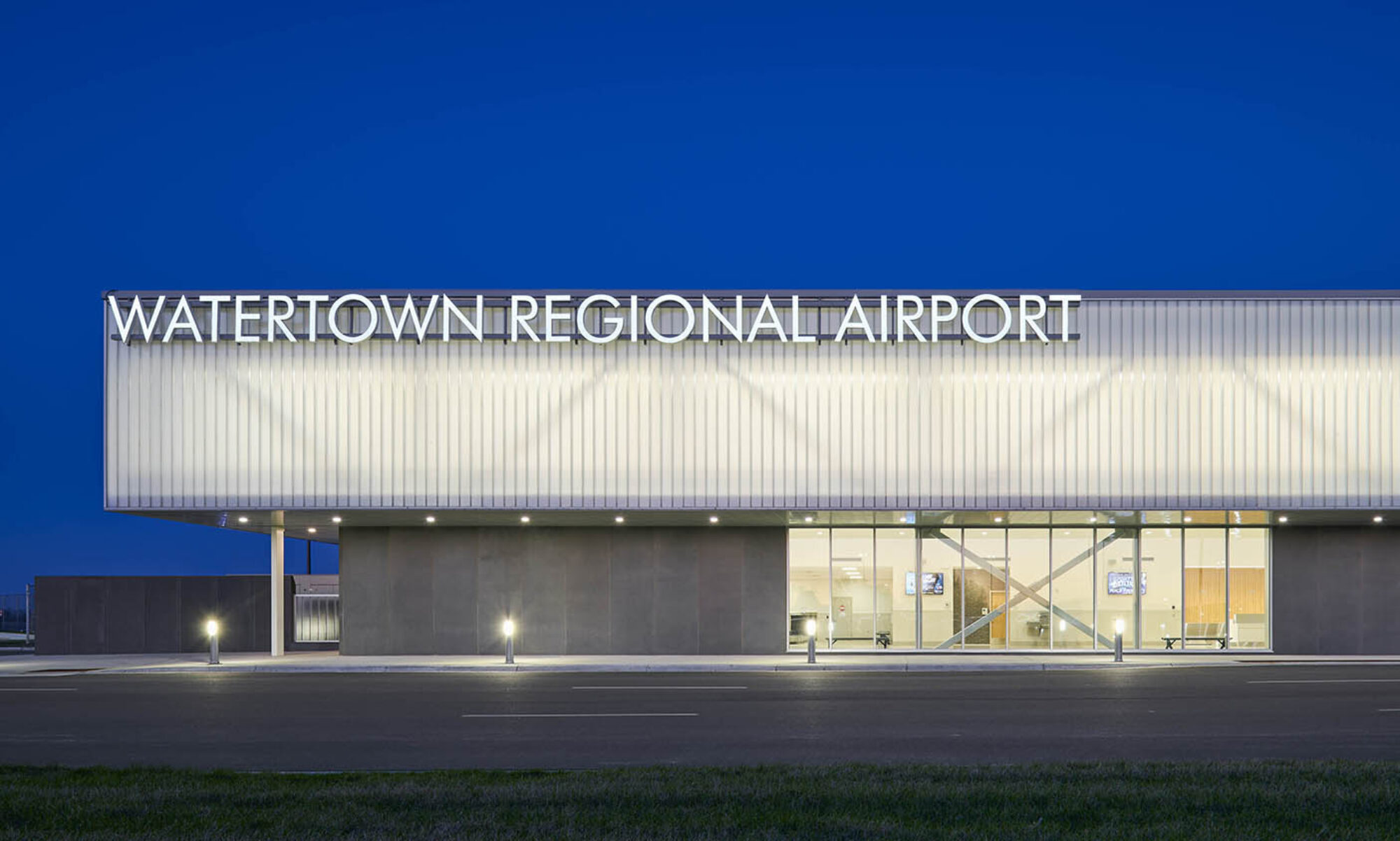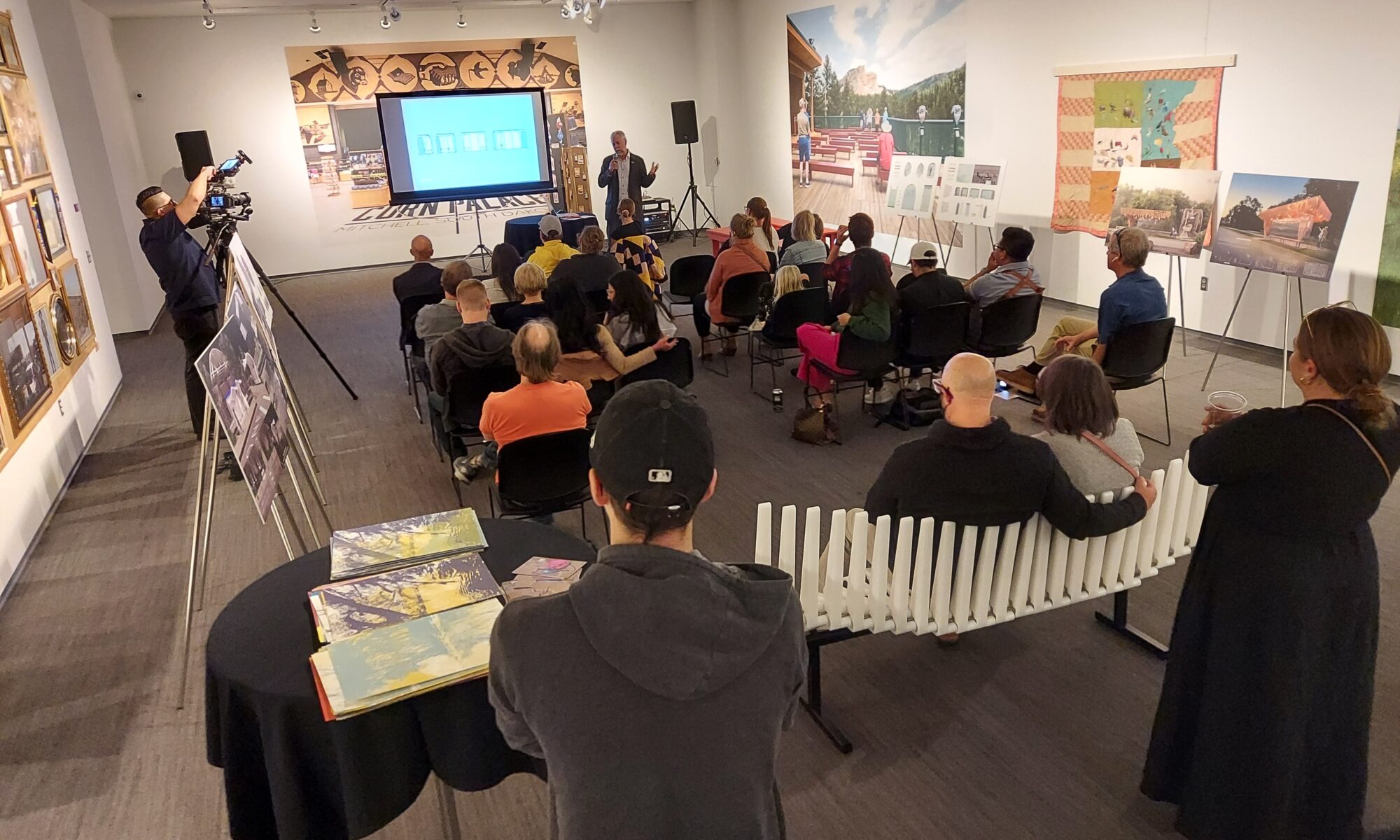Interview with Sara Lum, Program + Marketing Manager at Startup Sioux Falls and coordinator for the Going Metro program with the Sioux Falls Design Center
The Sioux Falls Design Center secured an NEA grant (National Endowment for the Arts) and South Dakota Community Foundation grant, which supported the Going Metro programming. How did the project come about? (SFDC mission statement – Empower community through design.)
In addition to design events and programs offered by the Sioux Falls Design Center at the time (2018), the former Executive Director, Kellen Boice, and Board of Directors, were interested in more directly engaging in design problems that would impact the community at large. The organization had previously been involved in other successful community projects, such as the adoption of the Sioux Falls Flag.
In 2018, public transportation was a popular topic and challenge faced by the City of Sioux Falls. There are many design opportunities related to public transportation, from bus stops to the overall user-experience. The Sioux Falls Design Center had previously hosted a few events related to public transportation realizing the importance to the community. Around the same time the SFDC was considering applying for a grant to engage in a community-specific project, the City of Sioux Falls announced an effort to improve the existing public transportation system or SAM (Sioux Area Metro). Kellen and the board thought it was a timely opportunity to expand upon the research and direction of the city and bring the creative community to the table to help solve problems. The grant was written and awarded at the end of 2019 with an anticipated start date of Spring 2020.
Who was involved and what did the collaboration look like?
There were many people who collaborated on the project, donated their time and expertise, or created art or design work. Here is a list of people and organizations that were involved:
Rachel Bachman, Joe Batcheller, Diana Behl, Mo Bensasi, Camryn Bird, Kellen Boice, Steve Bormes, Nichole Cross, Rodger Ellingson, Stacey Evangelista, Fresh Produce, Melissa Goodwin, Mike Grigsby, Alaina Hardie, Allie Hartzler, Liz Heeren, Cody Henrichs, Autumn Hilton Haley, Hoffer Rebekah Howard, Epiphany Knedler, John Kolb, JLG Architects, Koch Hazard Architects, Alexa Lammers, Brian K. Lee, Angelica Mercado Ford, Stacey McMahan, Ailin Montgomery, Marcus Naess, Cody Nesbitt, Jon Nguyen, Scott Nguyen, Ivy Oland Dandar, Scott Parsons, Mary Payton, Nick Poppens, Tim Rickett, Erik Ritter, Skylar Ross, Jay Sanchez, Joe Schaeffer, Eli Show Robert Speeks, Stacey Shultz, Jenna Siganos Alix Suckstorf, Victoria Tatsumi, Ngoc Thach, Charlie Treloar, Kyle Treloar, Cierra Treloar, Sam Trebilcock, TSP, Inc., Brady Umberger, Lauryn Van Regenmorter, Angela Zonunpari. I helped manage the project as a volunteer while at SECOG and Startup Sioux Falls.
Would you summarize the public engagement projects within the grant activities?
The SFDC launched the program series Going Metro to facilitate creative conversations about transportation while the City of Sioux Falls sought to innovate its transit system. The grant programming shifted because of the pandemic, but there were ultimately two major facets of public engagement.
The first program was called Go Art. We published a Call for Art Proposals for artwork related to the theme of transportation. We received many thoughtful proposals and selected and paid South Dakota artists to develop their ideas. Some of the artwork was directly tied to public transportation in Sioux Falls, while other pieces were abstractions of data or other facets of transportation in general. The creativity and perspective related to public transportation was thought-provoking and challenged people to think differently. At the public reception, the artists shared their ideas and broader perspective about public transportation in Sioux Falls.
The second program in the series was called Go Design. We published a Call for Designers to design bus shelters and bus stops. The Call for Designers sought design teams who would spend six weeks developing bus stop and shelter proposals that improve the experience for transit riders based on safety, protection from the elements, and aesthetics, among other considerations. Based on submitted qualifications, we selected and paid 8 teams to design bus shelters and bus stops for the project. We hosted an event where the work of all teams was on view and each team had the opportunity to present their work.
When the pandemic started, we shifted focus and both programs and events were held at the Washington Pavilion Visual Arts Center; the project would not have been possible without this collaboration. I owe Cody Henrichs a lot of lunch.
How did Covid affect the project?
The pandemic impacted the project in a significant way. Originally, the project was intended to track alongside some of the efforts of the City of Sioux Falls. With so many unknowns and the unpredictability of that time, the timelines were ultimately difficult to align. However, the City was supportive throughout the project. People like Allie Hartzler (Innovation and Culture Officer) and Sam Trebilcock (Transportation Planner) provided insight and expertise at different points during the project and Mike Grigsby (Director of Innovation and Technology) was the emcee for the Go Design event.
We originally had a series of design thinking workshops planned to expand upon the research and work of the City of Sioux Falls. We wanted to engage bus riders to help solve problems related to the user-experience of the bus system. When the pandemic set in, this became less of a priority as riders and the community faced more serious health safety and other social and economic challenges. We also planned to bring Kate Chanba, an illustrator, cartographer, and cartoonist to South Dakota for a guest lecture. Kate works on the Apple Maps team. We shifted this plan multiple times and unfortunately it didn’t pan out. We were able to work with AIA South Dakota and they invited Kate to speak remotely at the AIA South Dakota convention in 2020.
What would mark a successful project in your mind?
Honestly, I think paying artists and designers to contribute their ideas and solutions to community challenges is outcome enough, but the project also invited community members to challenge their own thinking and imagine the future of transit in Sioux Falls. Additionally, there were many relationships and conversations that developed through the project between creatives, the public sector, and citizens interested in transportation.

The Communication Committee is comprised of volunteers of AIA South Dakota and are dedicated to the mission of the Blueprint South Dakota blog. Our goal is to build strong South Dakota communities and to connect ideas and expertise to address challenges in our state. Through the curated content of this site, we want to find a blueprint for better cities and towns.



Great program, hope we can do more of these every year!